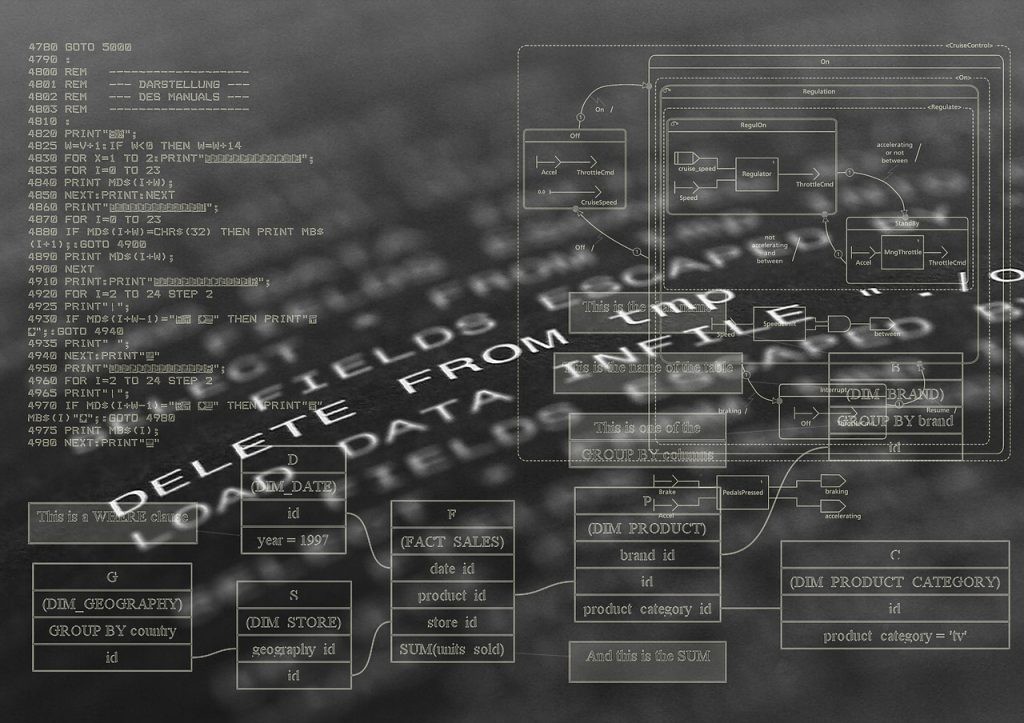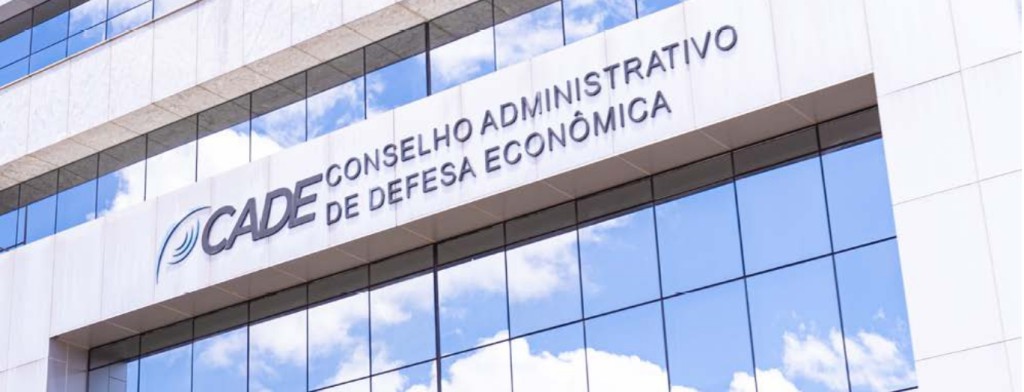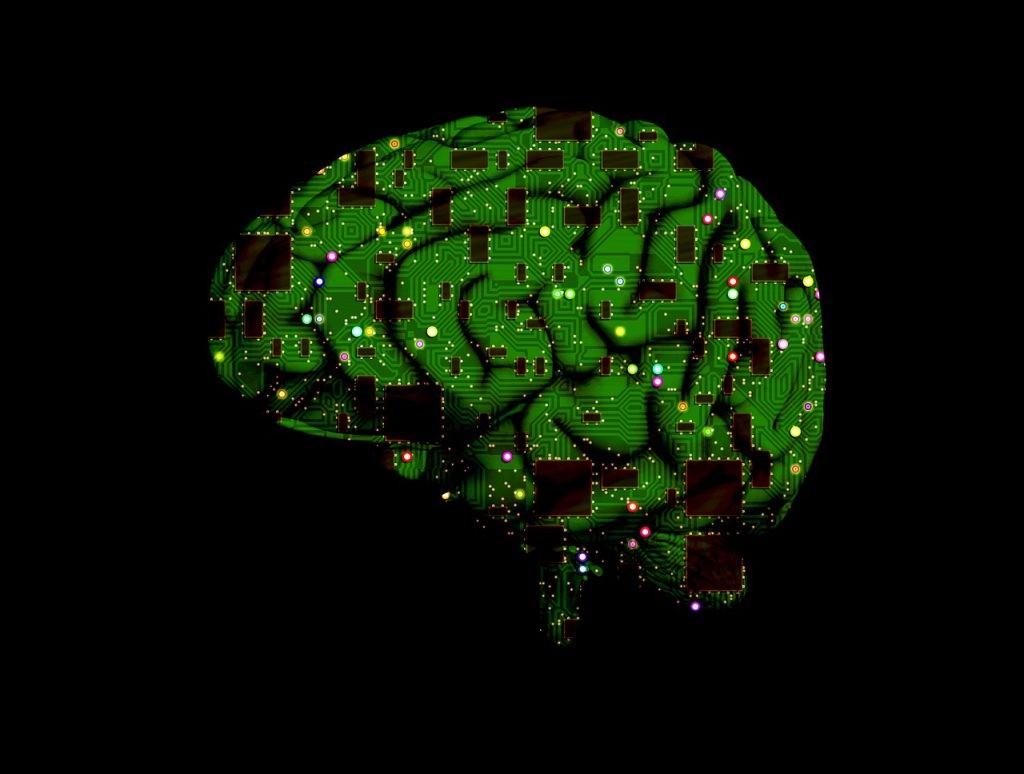
The Challenge of Harmonizing Advertising and Personal Data Protection
*This is an AI-powered machine translation of the original text in Portuguese
This article is the first in a series on access to judicial data in Brazil and will be based on the report on the subject from the Lawgorithm Institute, which was the result of an in-depth doctrinal, jurisprudential, empirical, and comparative law research [1].
Access to electronic process data is regulated by CNJ Resolution No. 121/2010 [2]. This resolution generally provides that anyone can electronically access certain "basic process data," such as the names of the parties and their attorneys, and the full content of decisions, sentences, votes, and judgments. This is the "procedural consultation" made available on court websites according to these CNJ parameters. On the other hand, complete electronic case files, including documents submitted by the parties, are not accessible to the public. However, their content can be accessed by lawyers, public defenders, prosecutors, and members of the Public Prosecutor's Office, even if not involved in the case, provided they are previously identified in the court's system, greatly expanding the range of authorized individuals for access. Thus, it is evident that Resolution 121/2010 is aligned with a strong Brazilian tradition of the broad publicity of judicial processes [3].
However, a discussion on the compatibility of this extensive publicity of electronic processes with the LGPD is inevitable. Judicial processes are laden with personal data, both in the basic procedural data freely available on the internet (especially in judicial pronouncements) and in the more restricted access electronic case files (for example, in the identity and address documents of the parties). In other words, with the enactment of the LGPD, Brazil is faced with the challenge of revisiting the scope of publicity of electronic judicial processes to align it with the protection of personal data, which has also been elevated to constitutional status by the STF in a May 2020 decision that recognized the fundamental right to informational self-determination [4]. It is worth noting that this issue was not addressed by the recent CNJ Resolution No. 363/2021, which deals with the adequacy of the Judiciary to the LGPD but did not alter any aspect of the policy regarding access to electronic process data.
At the same time, the collection of procedural data on court websites is crucial for the legal market and the scientific community. Thus, the massive provision of data by the courts has fostered the emergence of a legaltech ecosystem: startups whose main input is judicial process data, with which data analysis methodologies (big data) are developed to perform various diagnostics on the performance of the Brazilian judiciary, as well as for the development of artificial intelligence tools, such as data mining and prediction systems.
This series and the Lawgorithm report aim to contribute to the debate on how to develop an open data policy in the courts that reconciles the principle of judicial publicity with the protection of personal data and fosters technological development in Brazil.
In this debate, it is curious to note that Brazil and Europe follow different paths to reach the same goal. Unlike Brazil, Europe has a long tradition of personal data protection, adopting restrictive positions regarding data from judicial processes, especially regarding documents in the case files, but also concerning the identification of the parties, often hidden in judicial pronouncements. However, today, several European countries seek to implement an open data policy, especially after Directive 2013/37/EU, with the aim not only of democratic control of the judiciary's activity but also the development of technology markets that use this data, considering the underdeveloped state of these markets in Europe compared, for example, to the United States of America.
The topic is complex and of immense practical relevance. However, the first step in addressing these questions is to analyze the meaning and scope of the principle of publicity, established by the 1988 Constitution as a general principle of Public Administration in article 37, caput, long before any effective concern for the protection of personal data in Brazil.
However, before providing a definition, it is necessary to make a terminological distinction between "publicity" and "transparency," which are sometimes considered synonymous. The term "transparency," however, is more recent in the political-legal vocabulary and is far from being axiologically neutral [5]. In fact, the idea of transparency emerged in the USA as a technocratic term and only fully entered the legal vocabulary in the 1990s [6], which explains the fact that the original text of the Constitution does not use it. Only in the 2000s did the "principle of transparency" begin to be listed in various normative instruments, such as in Article 2 of the Fiscal Responsibility Law (LC 101/00), Article 4 of the Law on the Protection of Service Users (Law No. 13,460/2017), and in the Federal Constitution itself, in recent amendments (for example, Amendment 103/2019). On the other hand, the idea of "publicity" (öffentlichkeitsprinzip) is much older and dates back to the Enlightenment of Bentham and Kant themselves. Therefore, by defining "publicity" through the term "transparency," there is a risk of being anachronistic. It is clear that there is a strong relationship between the ideas of publicity and transparency, but they are not synonymous words.
Having made this terminological distinction, the principle of publicity can be defined, in a first sense, as the state's duty to make the information created, collected, or stored by the State available to society to enable democratic control and participation [7]. By this definition, publicity encompasses not only information about "government acts" [8] but also information collected or merely stored by the State.
In this first sense, "publicity" is a state conduct rule, a duty to make information available to the "public." And its concretization can be done through two different methodologies [9]. On one hand, as a "value in itself" essential to the democratic state, in a deontological view, which closely corresponds to the Enlightenment concept of “publicity”. On the other hand, merely as a mere administrative technique, a means to achieve other concrete ends [10], in a consequentialist view, corresponding to the idea of technocratic "transparency". In the deontological approach, it is argued that publicity is indispensable to democracy [11], since the citizen can only exercise their political rights if they have sufficient information about state activity. Publicity merges here with the "informational dimension" [12] of democracy, the "visible power regime," as cited [13] passage from Norberto Bobbio.
As an administrative technique, however, publicity is only a means aimed at achieving certain concrete purposes desired by the Administration. It is "transparency," advocated as a "cure" for corruption and abuse of authority. Different types of transparency (active, passive, open data policy, horizontal transparency, vertical transparency, etc.) that the administrator can use to achieve its end [14] are discussed.
These two approaches (deontological and consequentialist) are actually complementary depending on the analysis to be made. In constitutional control, for example, publicity is conceived as a value essential to democracy. On the other hand, when designing the data policy of an administrative body, publicity should be seen as a technique. One must think about the objective to be achieved (democratic control, increased efficiency, protection of third-party interests), what types of information are necessary, what mode, passive or active, to grant access, and what is the most economical way to make the data available, etc.
There is also a second sense of the principle of publicity, according to which a normative act (in a broad sense) will only be valid or effective after its publication, usually in official organs. This is publicity as a condition of validity and effectiveness (and not as a rule of conduct). And there are several legal provisions for the publication of normative acts as a condition of effectiveness or validity. For example, Article 1 of the LINDB establishes that "the law begins to take effect throughout the country forty-five days after being officially published."
Initially, a structural difference between publicity as a rule of conduct (first sense above) and publicity as a condition of validity and effectiveness (second sense) is observed. The former regulates the behavior of the State and makes certain behaviors mandatory (making a certain document requested by the citizen available, publishing the budget and other reports, etc.). It is, therefore, publicity as a primary rule of behavior. On the other hand, publicity in the second sense regulates the valid and effective creation of other rules. It is, therefore, a secondary rule [15]. The two meanings of publicity operate, therefore, at different normative levels, and because of this, we will call the first one first-degree publicity and the second one second-degree publicity.
The objectives of this second-degree publicity go beyond democratic control and participation [16] and also consist of ensuring legal certainty, the presumption of knowledge of certain facts and norms by the recipients, and justifying an erga omnes opposability [17]. This is an important guarantee of the Rule of Law, one of whose central elements is precisely that laws and normative acts are "publicly known" [18], that the rules are promulgated publicly [19]. Only with the disclosure and publication of the normative text can the recipients adapt their behavior and have the opportunity to comply with it.
Thus, the Judiciary is also subject to second-degree publicity when "creating" rules. Today, especially given the theory of binding precedents, it is considered that case law is a source of law. In other words, a judicial decision not only applies the law to the concrete case but also produces a new rule that serves as a guideline for analogous and future cases. Thus, these jurisprudential rules must be "published" so that the recipients can be aware of their content and, if necessary, adapt their behavior. The publicity of case law plays a central role in predictability and legal certainty.
In summary, this distinction between first and second-degree publicity can guide the analysis of possible changes to the policy for accessing judicial process data by the courts. On one hand, it is necessary to verify what the informational duties imposed constitutionally and legally on the courts are (first-degree publicity) and how such norms guarantee external control over judicial activity. In addition, one must think about how the publication of decisions is also a guarantee of legal certainty (second-degree publicity). Only from the meaning and scope of constitutional publicity can the correct understanding be constructed regarding the appropriate proportion and measure between publicity and the protection of personal data.
[1] This report supported the discussions within the CNJ Working Group that resulted in CNJ Resolution 334 and CNJ Recommendation 74/2020. Available at https://lawgorithm.com.br/acesso-a-dados-de-processos-judiciais-no-brasil/
[2] Articles 11, §6 and §7 of the Electronic Process Law (Law 11.419/2006) and the corrective rules of the Courts, which generally repeat the provisions of Resolution 121/2010, are also relevant.
[3] Regarding extensive publicity, in contrast to the European tradition, see STF. Full Court, ADI 4.414/AL, Rel. Min. Luiz Fux, decided on 05/31/2012.
[4] STF. Plenary. ADI 6387 MC-REF / DF, Rel. Min. Rosa Weber, decided on 05/07/2020.
[5] See Pozen, David E. “Transparency’s Ideological Drift”. The Yale Law Journal 128 (2018): 100–160.
[6] For an analysis of the emergence of the term "transparency" to replace the term "publicity" in the USA, see "Bruno, Jonathan R. “Democracy Beyond Disclosure: Secrecy, Transparency, and the Logic of Self-Government”. PhD, Harvard University, 2017.
[7] The definition was inspired by Beth S. Noveck, “Rights-Based and Tech-Driven: Open Data, Freedom of Information, and the Future of Government Transparency”, Yale Human Rights and Development Law Journal 19, no. 1 (2017).
[8] The definition here is broader than that given by Prof. Maria Sylvia, who defines publicity as the "broad dissemination of acts performed by the Public Administration" (Di Pietro, Maria Sylvia Z. Administrative Law. 31st, ebook ed. Rio de Janeiro: Forense, 2018). A similar definition is adopted in Carvalho Filho, José dos Santos. Administrative Law Manual. 32nd, ebook ed. São Paulo: Atlas, 2018.
[9] Bruno, Jonathan R., supra note 11.
[10] "transparency [should be treated] in more skeptical, instrumental, and institutionally sensitive terms: not as an end in itself, but rather as a means to achieve particular social goods; and not as a transcendent normative ideal, but rather as an administrative technique like any other", Pozen, David supra note 9, p. 103.
[11] The term is from the German Constitutional Court, see Thomas Wischmeyer, “Artificial Intelligence and Transparency: Opening the Black Box”, in Regulating Artificial Intelligence, 1st edition (Cham, Switzerland, 2020) p. 78.
[12] Id.
[13] The passage is cited in at least 5 STF judgments regarding the principle of publicity (MS 28178, SS no 3.902-AgR, RO no MS 23.036 and MS 24.725-MC/DF).
[14] On the types of transparency, see Herbert Kubicek and Andreas Breiter, “Offene Verwaltungsdaten und Verwaltungstransparenz”, Zeitschrift für moderne Verwaltung Heft 6, no. 22 Jg. (2016): 283–96.
[15] Hart H. L. A., The Concept of Law, 3rd (Oxford: Oxford University Press, 2012), p. 94.
[16] It is true that second-degree publicity can also serve democratic control. Thus, for example, when the publication of administrative contracts is determined (Article 61, sole paragraph, of Law 8666/93), as a requirement of their effectiveness.
[17] See Yarshell, Flávio L. Civil Procedure Law Course. 1st edition. Vol. I. São Paulo: Marcial Pons, 2014, p. 134-137.
[18] Robert S. Summers, Essays in Legal Theory, vol. 46, Law and Philosophy Library (Dordrecht: Springer, 2000) p. 166-169.
[19] Skaaning, Svend-Erik. “Measuring the Rule of Law”. Political Research Quarterly 63, nº 2 (June 2010): 449–60.
*Co-authored with Rafael Campedelli Andrade. Originally published in Conjur.
*Image freepik.



